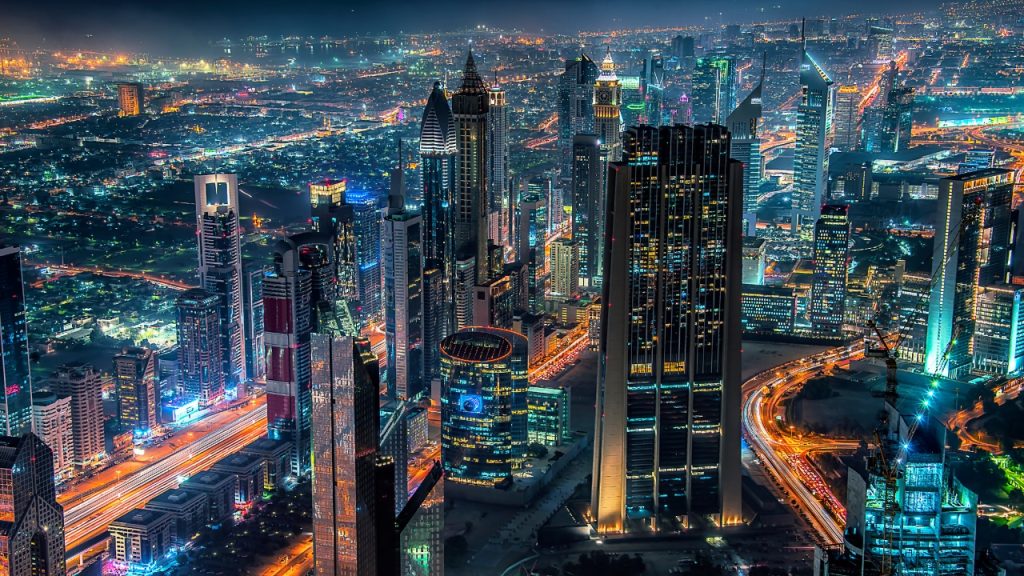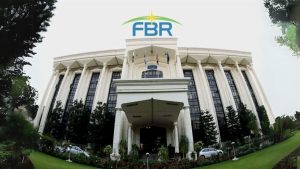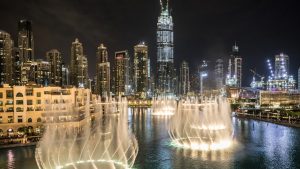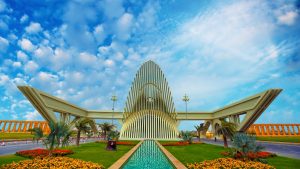Dubai’s real estate market is gearing up for a landmark year in 2025, with industry leaders forecasting transaction values to soar past AED 1 trillion ($272 billion), a feat that would cement the emirate’s status as a global investment powerhouse. This ambitious projection follows a stellar 2024, where transactions surged 20% to AED 761 billion, according to DXBInteract.com, driven by a record-breaking 180,900 deals worth AED 522.1 billion—a 36% increase in volume and a 27% jump in value from the prior year. Experts attribute this momentum to a potent mix of population growth, robust demand in mid-market and affordable housing segments, and strategic government policies that continue to draw both residents and investors to the city. As Madhav Dhar, COO and founding member of ZāZEN Properties, told Business, Technology and Real Estate (BTR), a Khaleej Times publication, “Dubai’s real estate market is poised for continued growth in 2025,” underpinned by a steady annual price increase of 5% to 7% and rental yields averaging 7%. With approximately 41,000 to 42,700 new residential units slated for delivery—a 41% surge in handovers—the stage is set for a transformative year.
The residential sector, in particular, is expected to maintain a positive trajectory, albeit at a more measured pace than the frenetic growth of 2024. Haider Tuaima, director and head of real estate research at ValuStrat, projects capital values to rise by 5% to 10%, a slight slowdown from last year’s double-digit gains, as an influx of supply begins to temper pricing pressures. This moderation comes as no surprise, given the record-breaking rents and sales prices of 2024, which Prathyusha Gurrapu, director and head of research at Cushman & Wakefield Core, describes as a “landmark year.” She notes that while increases will persist into 2025, they’ll be less pronounced, particularly in suburban and outer areas where most of the new stock—concentrated in emerging neighborhoods like Dubai South and Al Furjan—will come online. This shift is fueled by Dubai’s population boom, which saw 220,000 new residents arrive in 2024, per the Dubai Statistics Centre, amplifying demand for practical, family-oriented housing options. Tuaima emphasizes that mid-market and affordable segments will remain the market’s backbone, supported by growing expatriate numbers and a maturing market that balances investor appetite with end-user needs.
Government-led initiatives are a linchpin in this growth narrative, with mega projects and pro-investment policies acting as magnets for capital, according to Antić of DHG International Holding. The golden visa program, granting long-term residency to entrepreneurs, investors, and skilled professionals, has been a game-changer, driving a significant portion of 2024’s transaction surge and poised to sustain foreign investment in 2025. Beyond visas, Dubai’s infrastructure expansion—think the ongoing development of Al Maktoum International Airport and Expo City—enhances connectivity and livability, making the emirate an irresistible draw. Dhar highlights additional fundamentals: a prime geographic location bridging East and West, a tax-friendly regime that eschews personal income tax, and robust infrastructure that supports both residential and commercial growth. Add to this a growing emphasis on sustainability, and the picture becomes even clearer. Antić points to the adoption of green building standards and renewable energy solutions as aligning with global ESG (environmental, social, and governance) priorities, a trend that’s increasingly influencing investor decisions and elevating Dubai’s appeal in a competitive international market.
Innovation is another frontier for 2025, with the real estate sector poised to embrace technological advancements and policy refinements. Dhar predicts “significant innovations” on the horizon, building on recent visa regulation changes that sparked 2024’s boom. The Dubai Land Department’s recent partnership with REACH, a global proptech accelerator (reported separately on March 10), underscores this shift, aiming to integrate cutting-edge technology into property transactions and management. Meanwhile, rising consumer confidence and retail sales volumes are fueling demand for mixed-use developments, blending residential, commercial, and leisure spaces into cohesive communities—a format Antić sees as a growth driver. This convergence of policy, technology, and lifestyle preferences positions Dubai to not only hit the AED 1 trillion mark but also redefine real estate standards in the region.
For stakeholders, 2025 presents a dual-edged opportunity: unprecedented growth potential tempered by supply-driven moderation. Investors can capitalize on the golden visa’s allure and sustainability trends for long-term value, particularly in luxury hubs like Palm Jumeirah and emerging zones like Dubai Hills Estate, where family-driven demand (e.g., 86% of villa seekers targeting 3+ bedrooms, per Property Finder) is reshaping preferences. Developers, meanwhile, face a golden window to tap suburban expansion, with 41,000+ units set to flood the market—though they must navigate potential oversupply risks in mid-tier segments. For analysts, the key lies in monitoring how this influx reshapes pricing dynamics, especially in affordable and mid-market areas poised to define the year. Gurrapu’s observation of a 41% handover surge highlights a pivot to outer districts, suggesting a decentralization trend that could redistribute investment hotspots. As Dubai balances its global ambitions with local realities, 2025 promises to be a year of both record-breaking achievement and strategic recalibration.




